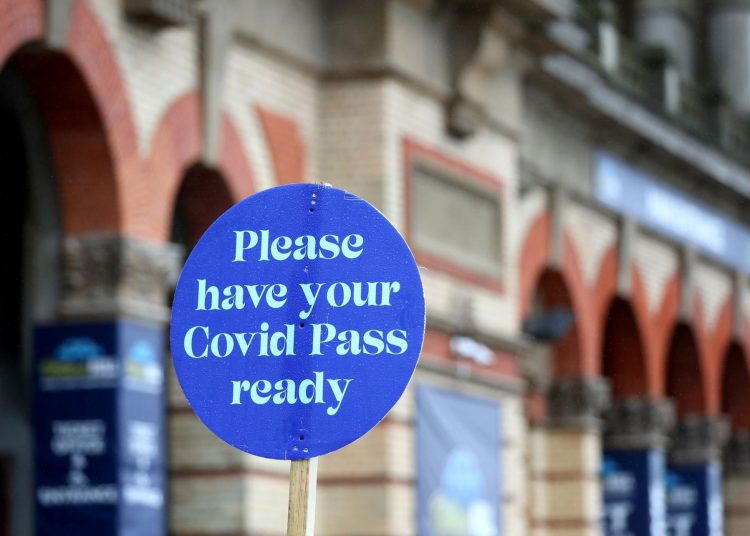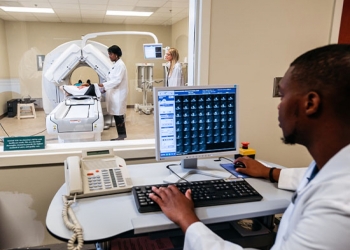In response to an increase in cases, US health officials have cut the recommended isolation time for persons with asymptomatic Covid-19 from 10 to 5 days. The technique is likely to reduce the disruption caused by infection-related worker shortages in numerous places. According to the Centers for Disease Control and Prevention (CDC), most transmissions occur two days before and three days after symptoms appear. Experts, on the other hand, have blasted the lack of testing criteria for ending isolation. The Omicron version of the virus, which is currently prevalent in the United States, has fueled the rapid increase in infections. According to early research, Omicron is more contagious than other variations, although being milder. The rising number of people forced to isolate has put a strain on various industries, including air transport, which saw thousands of flights canceled over the holidays. People will be able to return to work or school sooner than previously allowed due to the reduced isolation and quarantine periods.
Biden buys 500m test kits to tackle Omicron surge
The recommendation came shortly after President Joe Biden promised to address a nationwide backlog of COVID-19 tests. As he joined a teleconference with the administration’s COVID-19 response team and state governors, Biden said, “Seeing how difficult it was for some Americans to get a test this weekend indicates that we have more work to do.” “Clearly, it isn’t enough,” Biden said his government is taking initiatives such as leveraging the Defense Production Act to enhance American test production and making it simpler to discover a nearby testing location using the Google search engine. The modification in advice was inspired by science, according to the US health protection agency, which showed that the bulk of coronavirus transmission occurred early in the disease, in the first day or two before the onset of symptoms and the two to three days that followed. After five days, the chance of spreading the infection lowers significantly, but it does not disappear for everyone, according to Dr. Aaron Glatt, a New York physician and spokesman for the Infectious Diseases Society of America. “Even if you reduce it to five days, you’ll still get a tiny but considerable number of infected people,” he added.






















